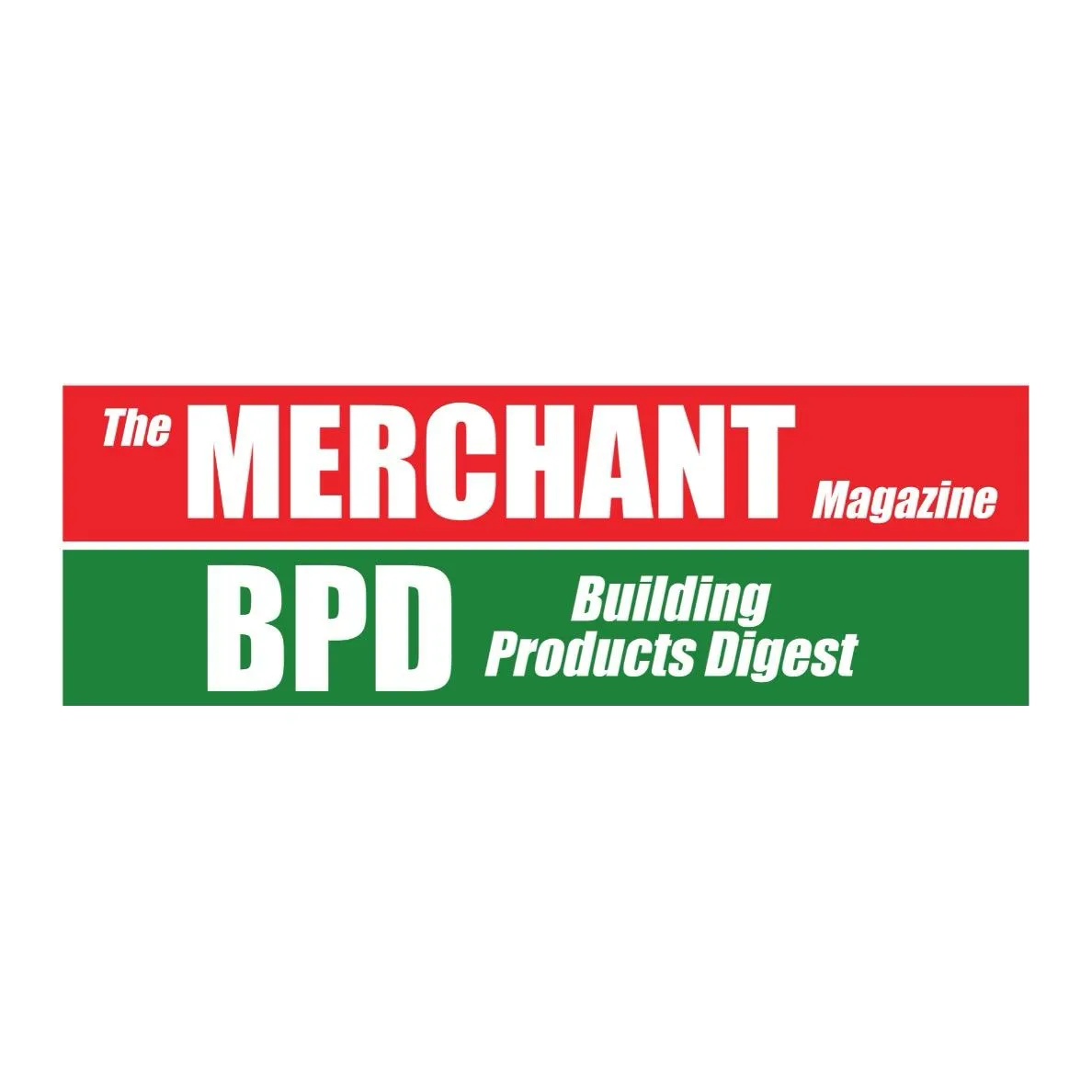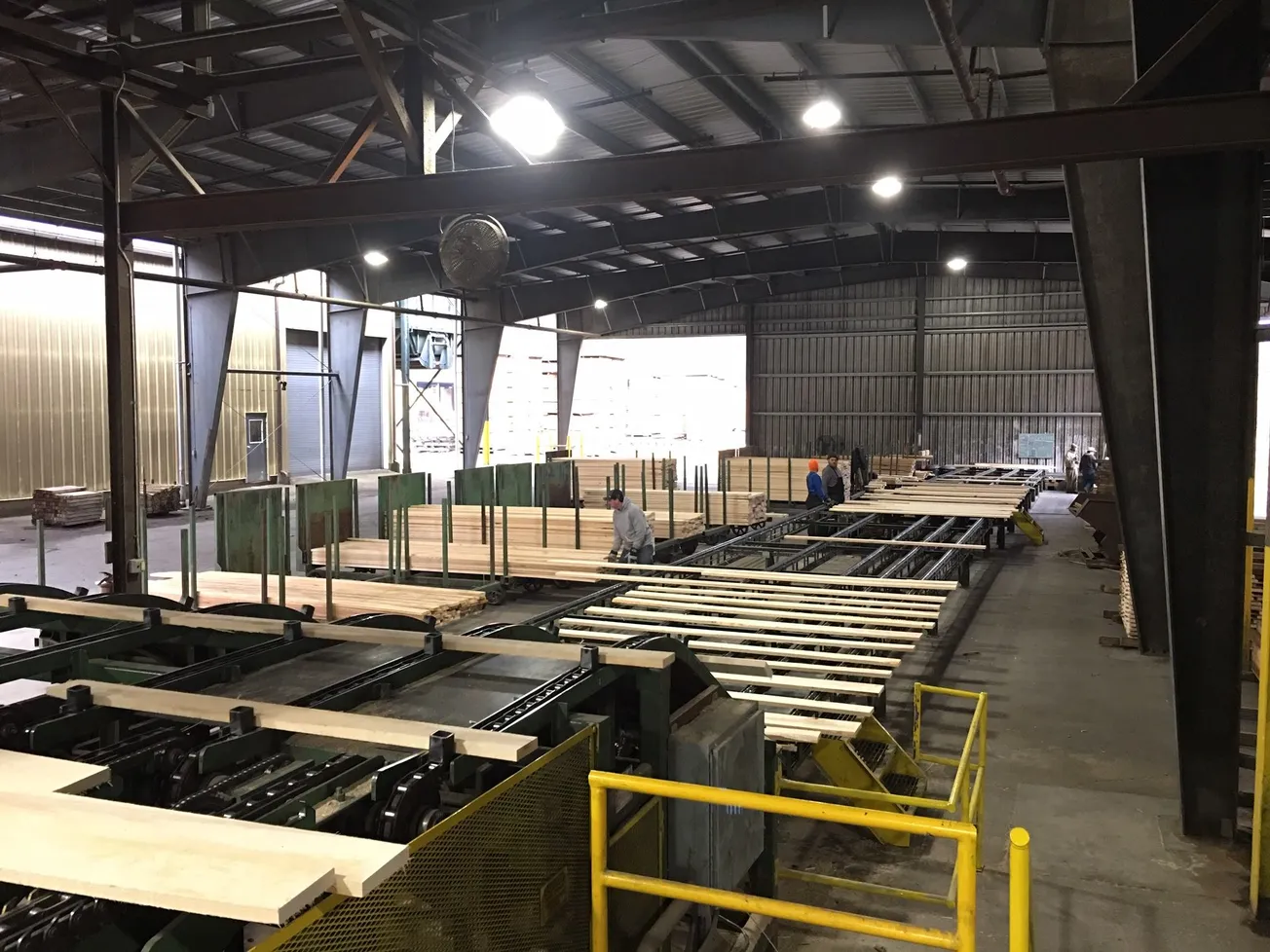Table of Contents
Proposed hardwood rules changes that could greatly impact the industry will be weighed at the upcoming National Hardwood Lumber Association’s annual convention and exhibit showcase Oct. 25-27 at the Omni Downtown in Nashville, Tn.
Of three proposals to be considered the most impactful one would replace the No. 2A Common (clear face cuttings) and No. 2B Common (sound cuttings) categories with a single 2 Common grade, effectively eliminating 2B Common for all species currently listed in the Rules Book.
“This rules change could have a large impact on the industry,” said Dana Spessert, NHLA chief inspector. “The main difference in the 2A versus 2B common is that 2A is required to be 50% clear and the 2B is only required to be 50% sound (structural integrity). The reason for this change was to prevent companies from sending 2B Common when the order stated 2 Common and the customer expected 50% clear wood.”
Second, for aromatic red cedar NHLA members will vote on replacing “Variation in thickness may be 1/2” on 4/4” to 8/4” with “Standard Miscut Lumber Rule to apply.”
Spessert explained, “This rule is being changed to reflect the standard mis-cut rule that only allows for a 3/16” variation in 3/8 — 3/4, ¼” variation in 4/4 and 5/4, 3/8” in 6/4 and 7/4, ½” in 8/4 to 12/4 and 5/8” in 14/4 to 24/4 lumber thicknesses.”
Finally, members will consider removing for basswood “Note: dormant twig buds to be considered as burls,” because the Rules Book does not clearly define “dormant twig bud.”
The three proposals will be discussed at the open rules forum during the convention. Ballots will then be sent out to members for a vote in November. Only members in the Active category of membership are permitted to vote on the rules. There is one vote per company that is counted for the final tally. Changes that pass this process with a two-thirds majority will be published in January 2019.
The three proposals were among 12 rules change proposals that received enough support at a June 7 rules committee meeting that they were allowed to proceed to a member vote.
The committee voted down five of the remaining proposals, including (1) adding a Rustic category to grade Standard 1 com, (2) changing the walnut grade for 6’ and 7’ FAS from defect grading to standard cutting method, (3) adding “standard wane limitation for F1F” to FAS 1 Face walnut, (4) adding “splits” to the list of attributes that “sound cuttings” should be free of, and (5) for poplar changing “slight stain is admitted” from describing No. 1 Common to describing No. 2A Common lumber.
The remaining four rules submitted that did not pass the committee were either duplicate submissions by other members of the NHLA or were withdrawn the day before the meeting.
During the June 7 meeting, the rules committee also discussed sales code changes. It decided to research the industry’s impact, as well as any other pertinent changes that may need to be considered prior to any changes to the sales code.
This month’s convention, in addition to the rules forum, will also feature exhibits, a Sustainable Forestry Initiative sawmill workshop, keynote speakers John Foley and Eric Chester, Mansions of the South tour, and seminars on thermal modification, family business relations, hardwood advocacy, tomorrow’s global markets, and more. Also scheduled are meetings of NHLA’s boards, American Hardwood Export Council, International Wood Products Association, Hardwood Distributors Association, Southern Cypress Manufacturers Association, American Walnut Manufacturers Association, Canadian Hardwood Bureau, and Fellowship of Christian Lumbermen.






